For two decades, the U.S. Army used a video game to reach new recruits. It’s finally shutting it down.
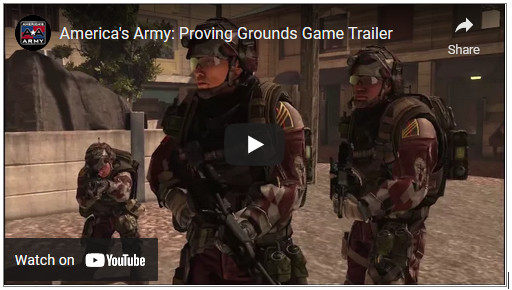 Matthew Gault | Vice - America’s Army: Proving Grounds, a game used as a recruitment tool by the United States government, is shutting down its servers on May 5 after existing in various iterations for 20 years. After that date, the game will be delisted on Steam and removed from the PSN store. Offline matches and private servers will work, but the game will no longer track stats or provide online matches.
Matthew Gault | Vice - America’s Army: Proving Grounds, a game used as a recruitment tool by the United States government, is shutting down its servers on May 5 after existing in various iterations for 20 years. After that date, the game will be delisted on Steam and removed from the PSN store. Offline matches and private servers will work, but the game will no longer track stats or provide online matches.
For 20 years, players have been able to download and play the Counter-Strike-esque game for free on PCs and consoles. It was a recruitment tool when no one else was using video games for recruitment, a free-to-play game well before that became common, and an attempt by the U.S. Army to reach a new generation of Americans.
“The free-to-play America’s Army PC Game represented the first large-scale use of game technology by the U.S. government as a platform for strategic communication and recruitment, and the first use of game technology in support of U.S. Army recruiting,” a forum post announcing the game’s shutdown said. “Three mainline titles and more than 20 million AA players later, the series’ original purpose continued. There have been over 30 million objectives completed, 180 million successful missions accomplished, 250 million teammates assisted, and many more in-game achievements attained in AA:PG alone.”

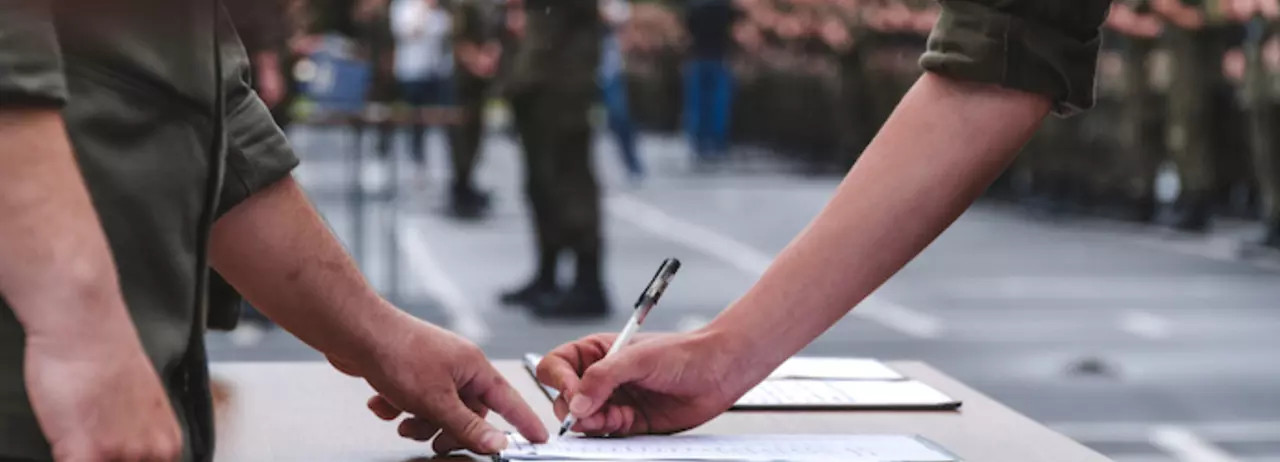 For years, getting police officers out of schools has been a
For years, getting police officers out of schools has been a 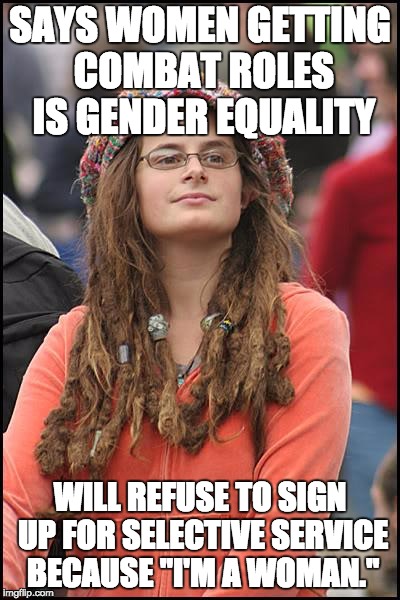
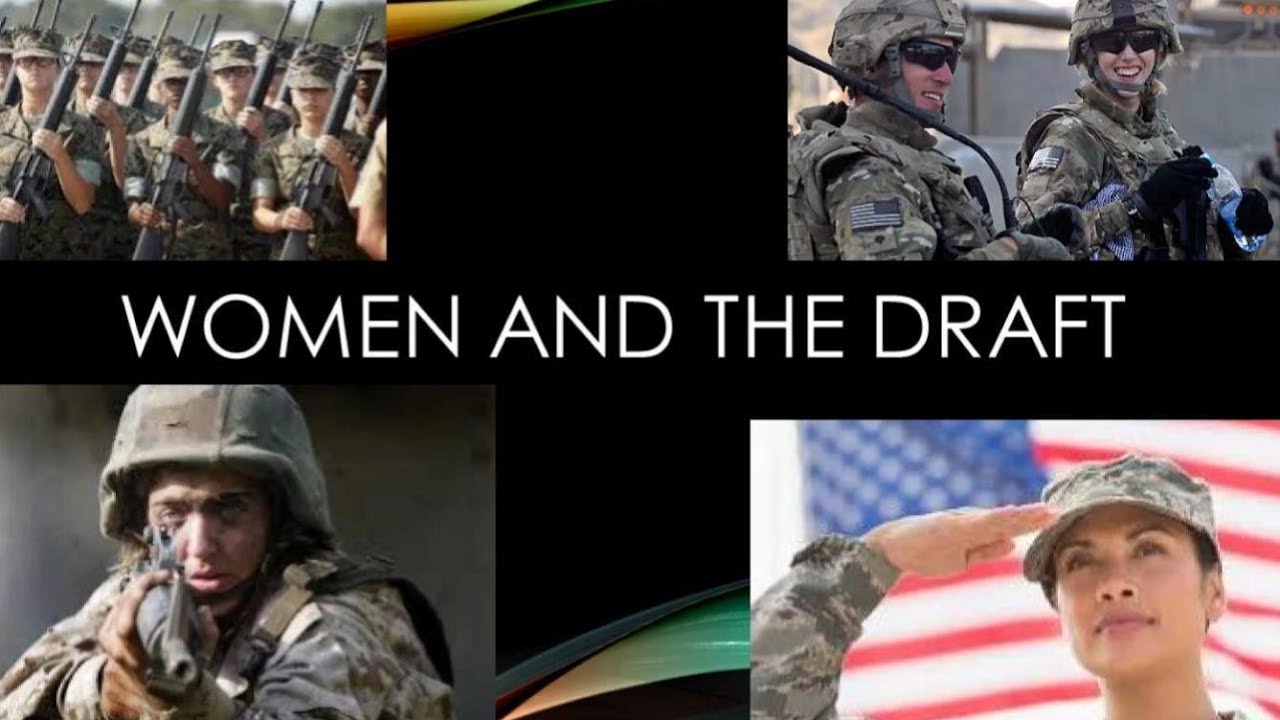 Rick Jahnkow /
Rick Jahnkow / 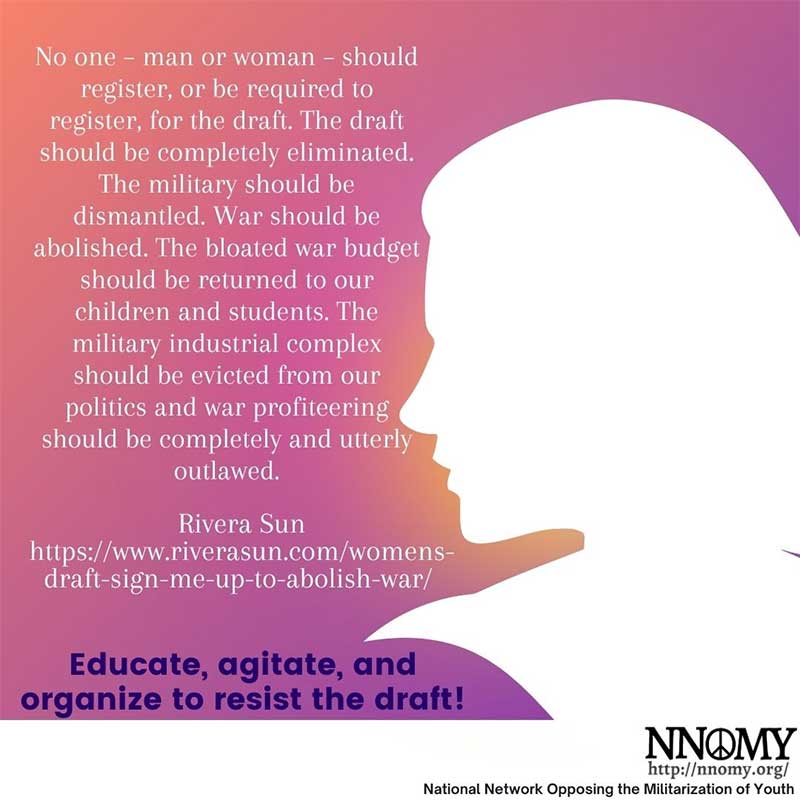 Edward Hasbrouck /
Edward Hasbrouck / 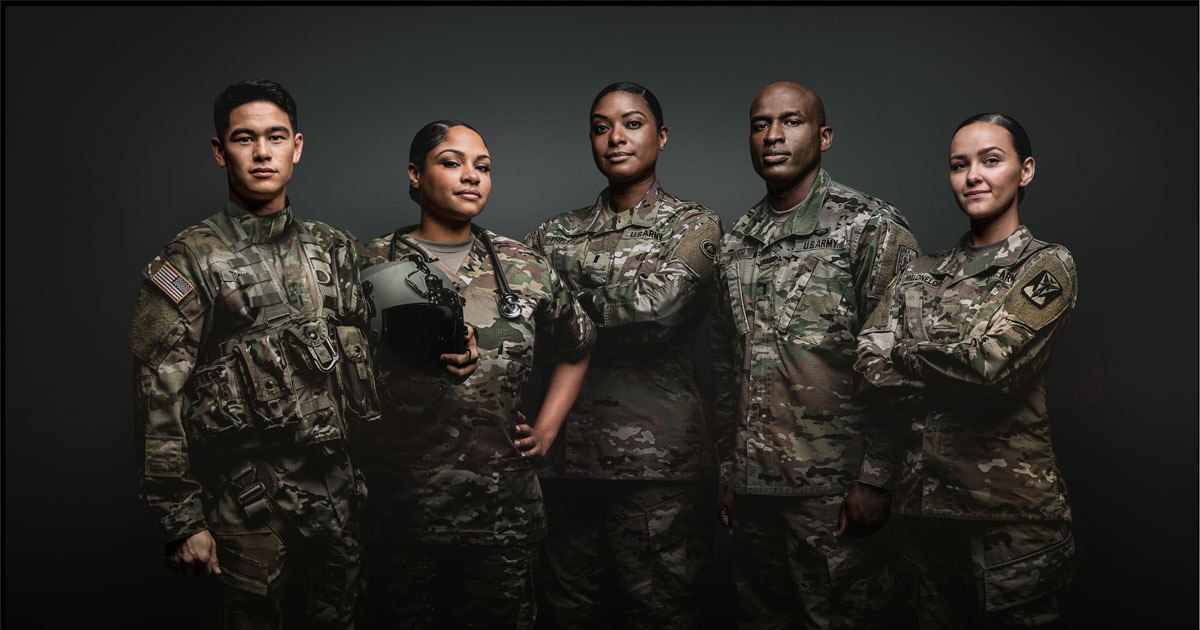 At the end of 2020, the Defense Department’s Diversity and Inclusion Board released a report aimed at identifying ways to improve racial and ethnic diversity in the U.S. military.
At the end of 2020, the Defense Department’s Diversity and Inclusion Board released a report aimed at identifying ways to improve racial and ethnic diversity in the U.S. military. On the 13
On the 13 Though the
Though the  David Swanson is the author of the new book, Daybreak: Undoing the Imperial Presidency and Forming a More Perfect Union, by Seven Stories Press and of the introduction to The 35 Articles of Impeachment and the Case for Prosecuting George W. Bush by Dennis Kucinich. In addition to cofounding AfterDowningStreet.org, he is the Washington director of Democrats.com and sits on the boards of a number of progressive organizations in Washington, DC.
David Swanson is the author of the new book, Daybreak: Undoing the Imperial Presidency and Forming a More Perfect Union, by Seven Stories Press and of the introduction to The 35 Articles of Impeachment and the Case for Prosecuting George W. Bush by Dennis Kucinich. In addition to cofounding AfterDowningStreet.org, he is the Washington director of Democrats.com and sits on the boards of a number of progressive organizations in Washington, DC. Jorge Mariscal is the grandson of Mexican immigrants and the son of a U.S. Marine who fought in World War II. He served in the U.S. Army in Vietnam and currently teaches at the University of California, San Diego.
Jorge Mariscal is the grandson of Mexican immigrants and the son of a U.S. Marine who fought in World War II. He served in the U.S. Army in Vietnam and currently teaches at the University of California, San Diego. Matt Guynn plays the dual role of program director and coordinator for congregational organizing for On Earth Peace, building peace and nonviolence leadership within the 1000+ congregations of the Church of the Brethren across the United States and Puerto Rico. He previously served a co-coordinator of training for Christian Peacemaker Teams, serving as an unarmed accompanier with political refugees in Chiapas, Mexico, and offering or supporting trainings in the US and Mexico.
Matt Guynn plays the dual role of program director and coordinator for congregational organizing for On Earth Peace, building peace and nonviolence leadership within the 1000+ congregations of the Church of the Brethren across the United States and Puerto Rico. He previously served a co-coordinator of training for Christian Peacemaker Teams, serving as an unarmed accompanier with political refugees in Chiapas, Mexico, and offering or supporting trainings in the US and Mexico. Rick Jahnkow works for two San Diego-based anti-militarist organizations, the Project on Youth and Non-Military Opportunities and the Committee Opposed to Militarism and the Draft. He can be reached at:
Rick Jahnkow works for two San Diego-based anti-militarist organizations, the Project on Youth and Non-Military Opportunities and the Committee Opposed to Militarism and the Draft. He can be reached at:  Pat Elder was a co-founder of the
Pat Elder was a co-founder of the 